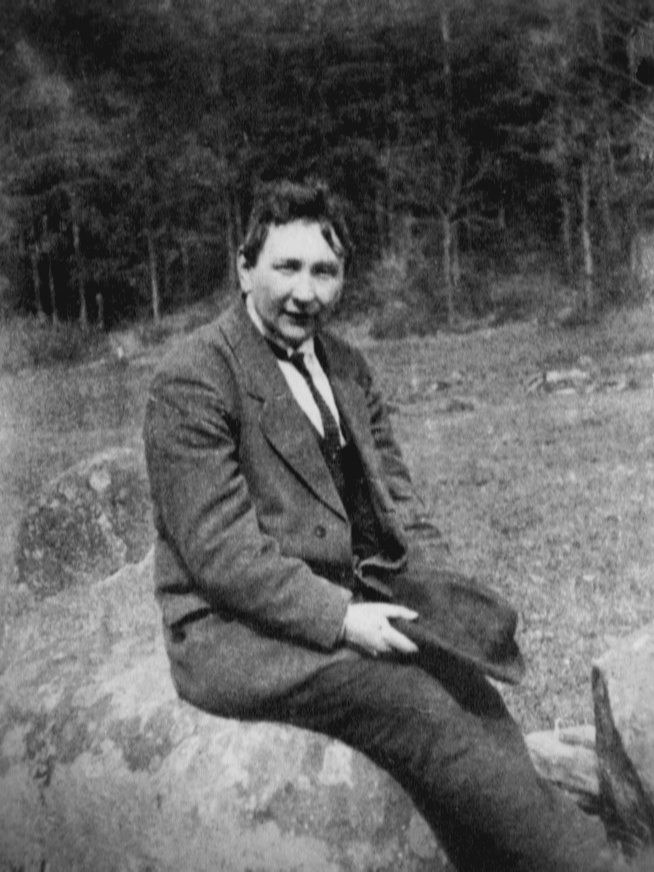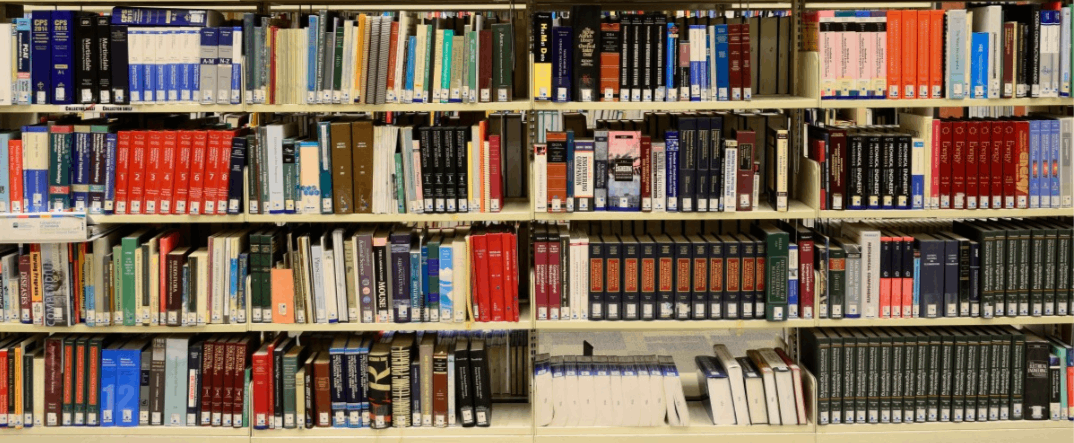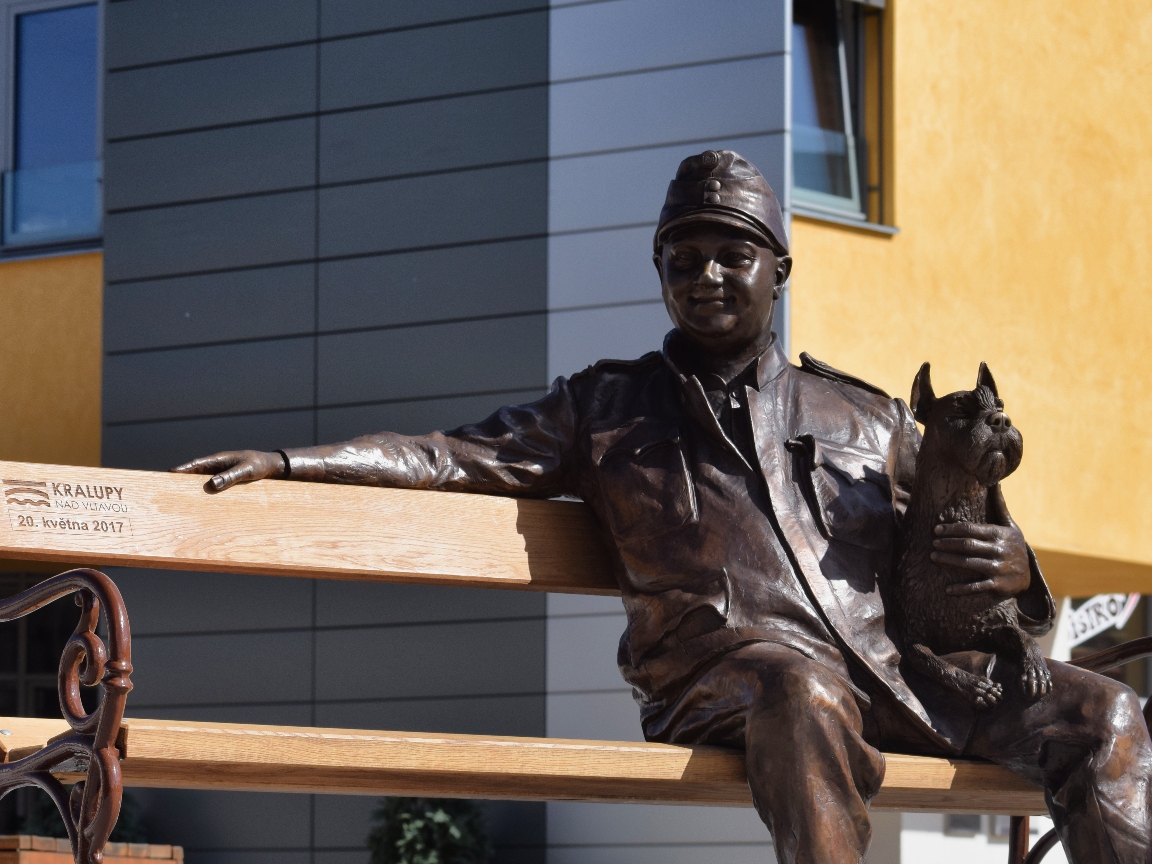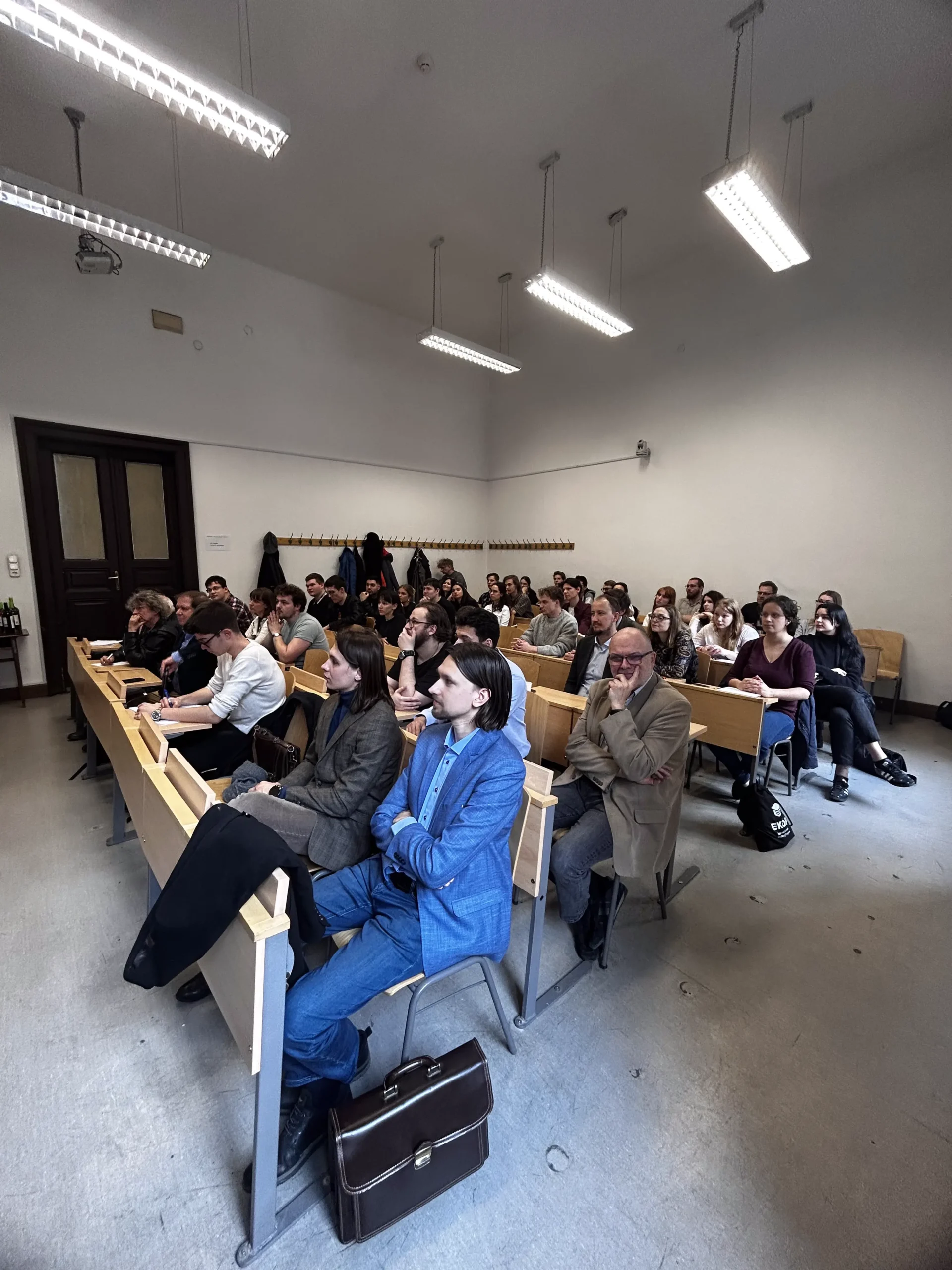Hašek’s Švejk – Kralupy and Vltavou
Fact of the Czech figure „The creation of an independent Czechoslovakia”
Part of the „Creation of the modern states (1918-1920)” topic
The statues of Josef Švejk in Kralupy nad Vltavou refer to the most famous (and most translated into other languages) Czech novel The Good Soldier Švejk. Its author, Jaroslav Hašek, was enlisted in the Austrian army in the First World War, fought on the Eastern Front, where he was captured and then became a Czechoslovak legionary in Russia.
Many of the incidents depicted in the novel, mocking both the Austro-Hungarian bureaucracy and the war and its inhumane nature, were influenced by Hašek’s personal experiences. The picturesque – shrewd – nature of the novel’s protagonist oscillates between buffoonery, cunning and stupidity. Yet it is Švejk who, despite wreaking havoc wherever he appears, represents a warm humanity that contrasts sharply with the senseless absurdity of militarism and wartime murder.
From its first publication, the humorous-satirical novel was received with enthusiasm by the general public in Czechoslovakia. The image of Švejk was illustrated by the naive illustrations of the artist Josef Lada, which depicted him as a jolly, slightly chubby beer lover, and this image of Švejk was later completed by several film adaptations that are still popular today. In the imagination of Czech society, Josef Švejk became so popular during the 20th century that he is sometimes considered to represent the „typical” Czech folk character.







